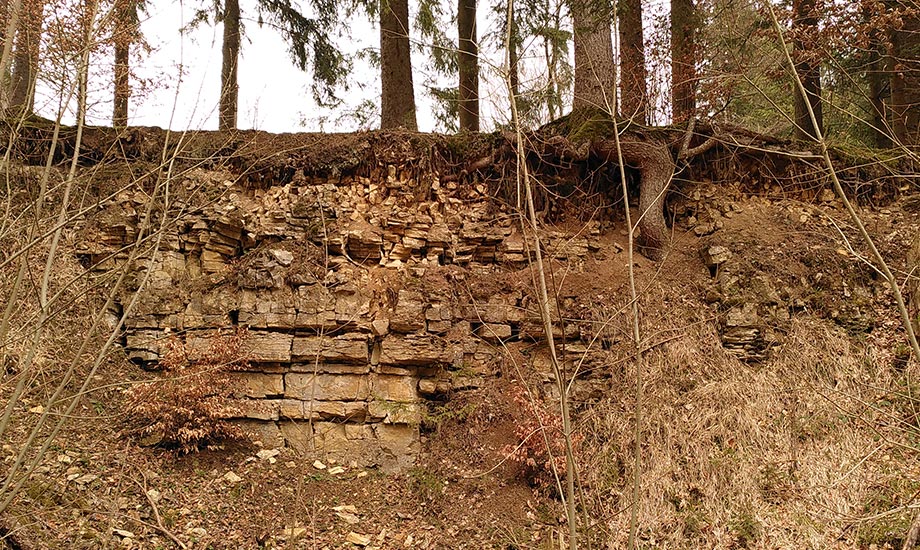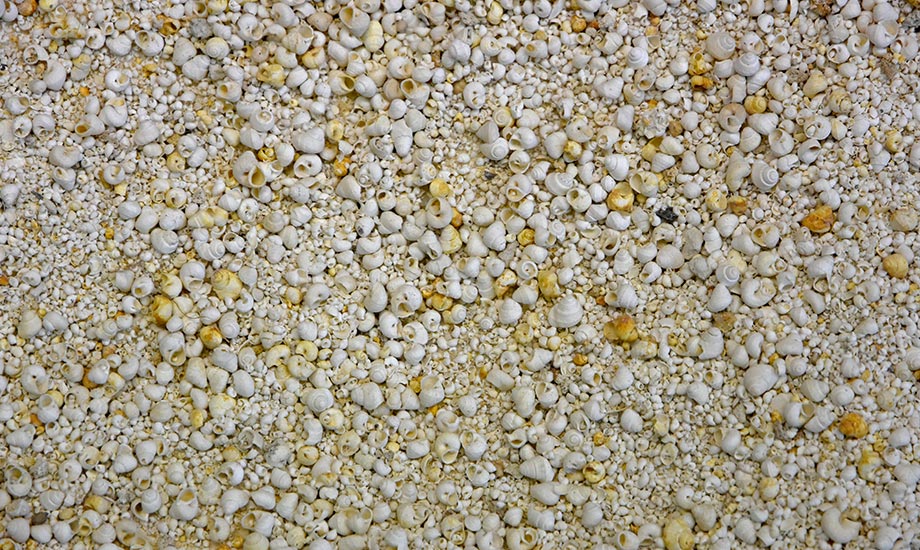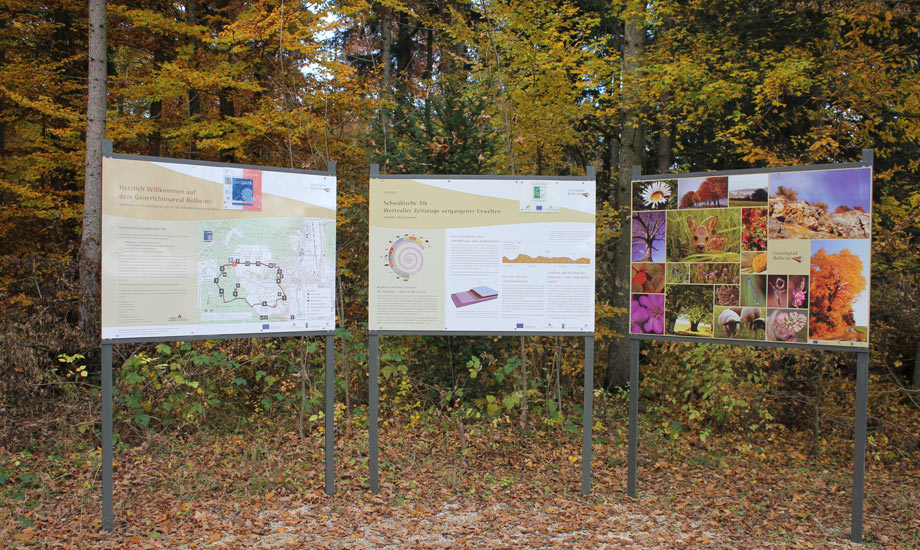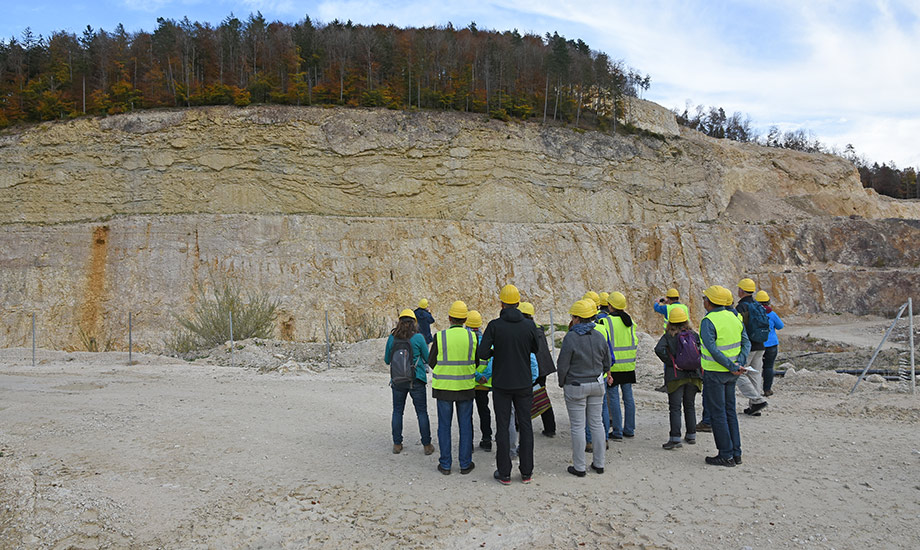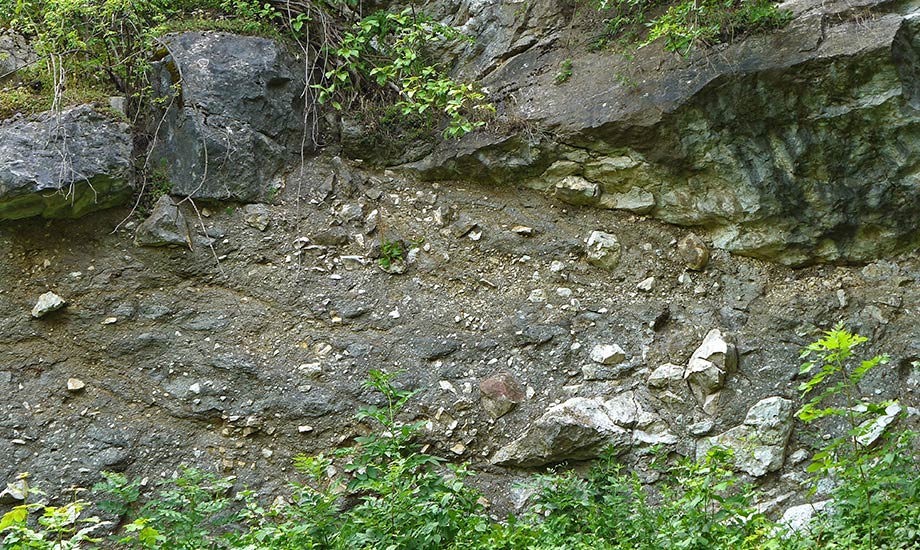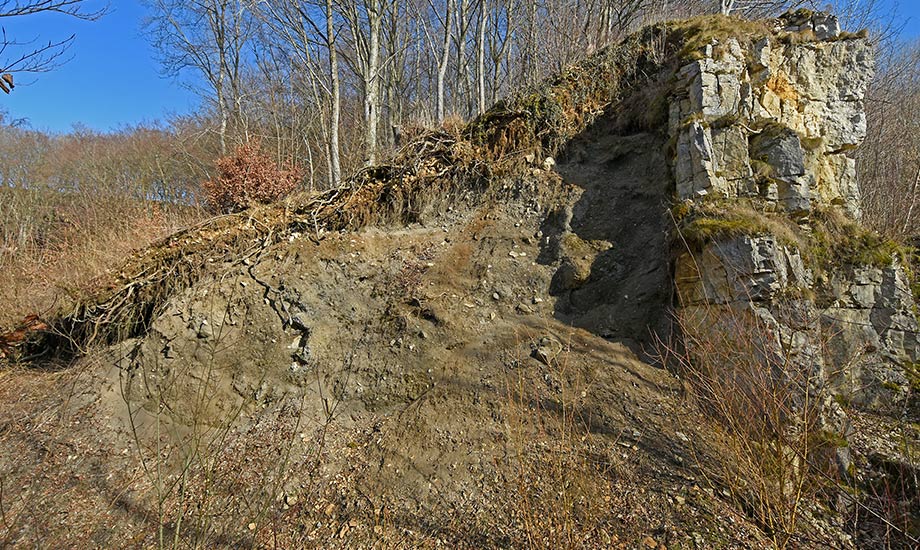Geo-logical: old at the bottom - young at the top
When sediments are deposited, the layers on top are younger than the layers below. This sounds banal, but it is essential for understanding geology. This so-called "stratigraphic principle" describes the succession of sediment layers. It was recognised by the naturalist Nicolaus Steno in the mid-17th century.
In the Swabian Alb, the marine sediments of the Jurassic period show this principle very impressively. The dark rocks of the Lower Jurassic are the oldest and are covered by the sediments of the Middle Jurassic. At the very top are the youngest sediments, the light limestones and dolomites of the Upper Jurassic. If we study the fossils in sedimentary rocks, we can thereby trace the evolutionary development of animal species.
The "Steinheimer Schneckensand" is a wonderful example. The palaeontologist Franz Hilgendorf studied the lake sediments of the Steinheim Basin and detected a gradual change in the shape of fossil snail shells, depending on the chronological sequence. He was thus able to provide the first palaeontological evidence for Darwin's theory of evolution in 1866.
Remarkable: The volcanic vents of the Alb break this rule. Their eruoption pipes have penetrated the older Jurassic rock from below. We therefore find at many outcrops the older Jurassic rock next to the younger Tertiary volcanic rock.
